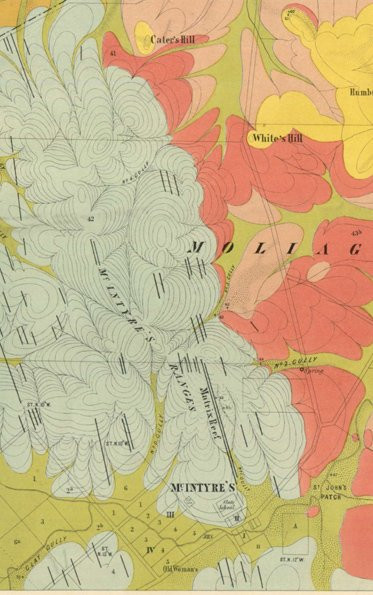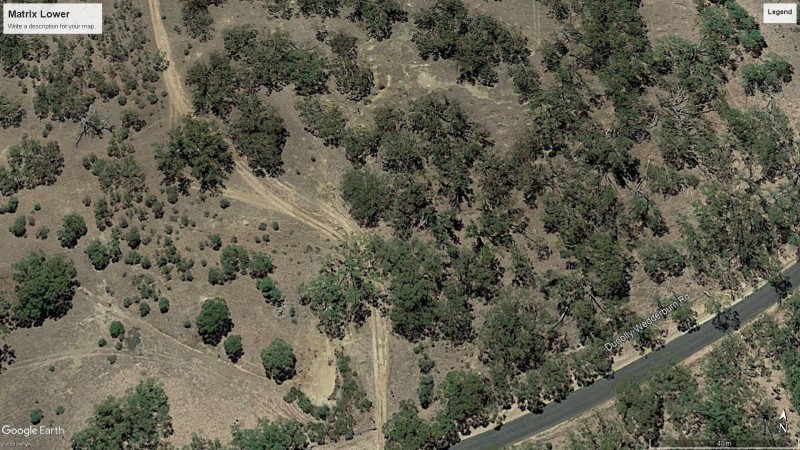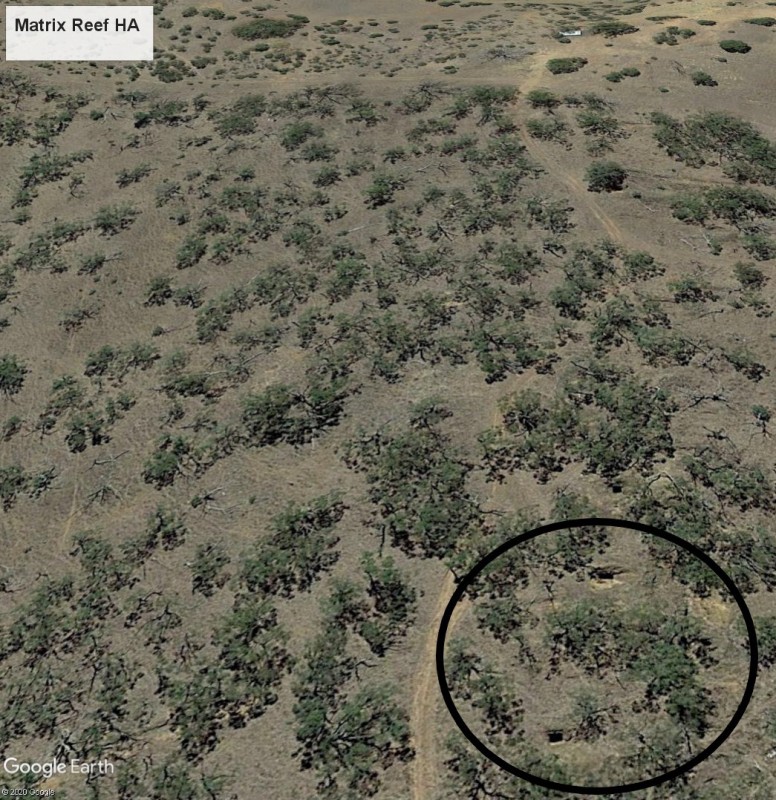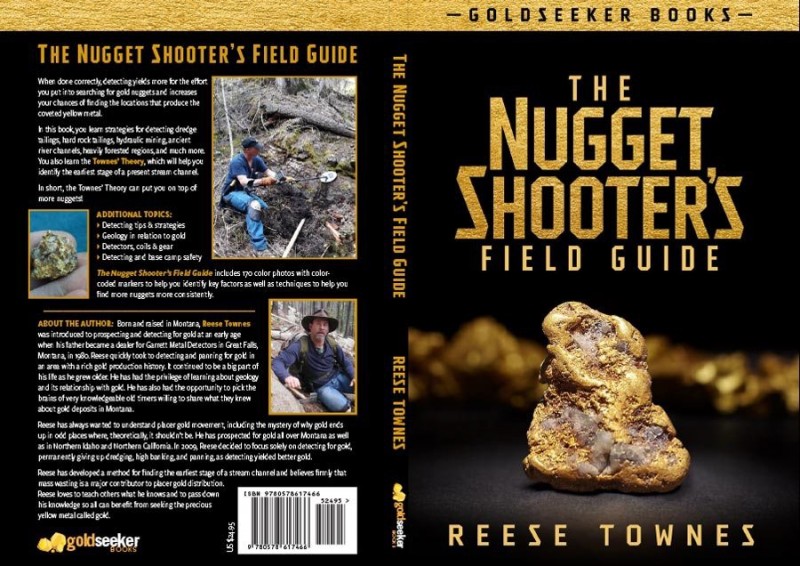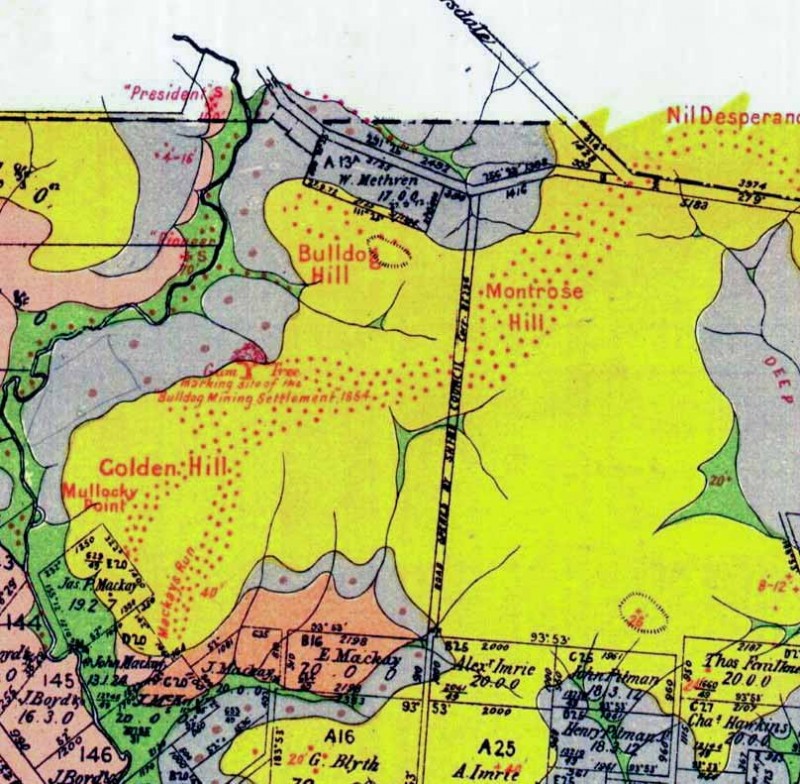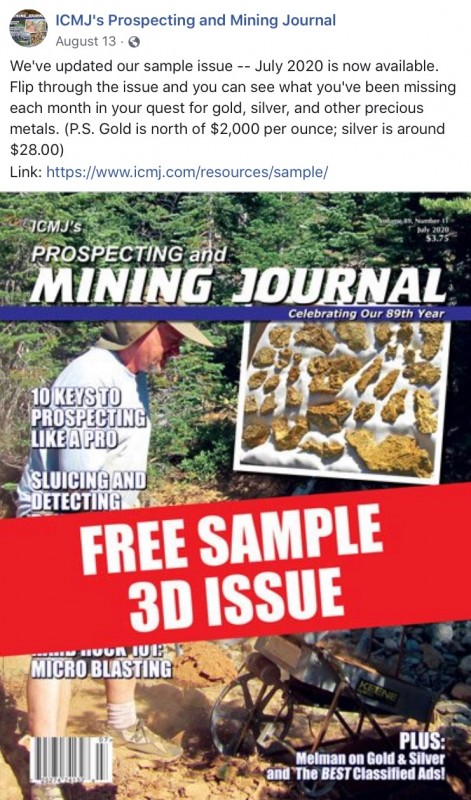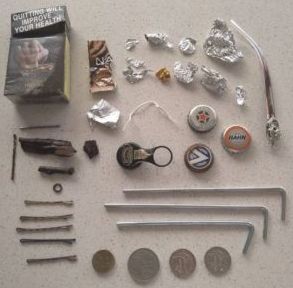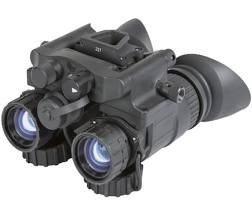Search the Community
Showing results for tags 'research'.
-
I know they exist because i I found a 1.3 grain piece south of buffalo panning. I heard of a 1.6 gram piece found with dredge in the Finger lakes region.I talked to a geologist in Buffalo who was sifting glacier material in a certain spot and found a nugget big enough to have in his wallet.He did not have it with him at the time because he was just walking his dog.I did find a .5 grain piece with my AT gold checking all the material that was around my pan from all the cracks we had cleaned.I would have not got it if i did not have my machine since there was to much sand blocking it from view.I guess that could be counted a tailing pilings piece since I was competing with a buddy in all those cracks.
-
https://dirtdigestmagazine.com/wp-content/uploads/2020/07/Emailing-ddjuly2020.pdf I stumbled onto this well written (67 page current issue) online magazine. I don't know if this was meant to take the place of the now defunct hardcopy Lost Treasure and Western and Eastern Treasures but I actually find it better written than some of the late issues of those. It appears non-partisan (manufacturer-wise). Included is an interview with a field tester of the Garrett Apex although it seems to be similar to the YouTube videos by other Garrett 'homers' (this interview is of Gypsy Jewels -- wonder if that's her birth name -- who has her own YouTube channel) so don't expect any new revelations. I still think it's worth reading as is the rest of the magazine. Articles are mostly coin and relic hunting although there is one (rather introductory) about Midwest gold prospecting as well as a typical lost 18th Century horde article. It appears they've been publishing monthly since April 2019. Here is their explanation: About Us Here at Dirt Digest Magazine we have a simple mission: Bring the wonderful world of metal detecting, gold prospecting and artifact hunting to the masses. When Dirt Digest Magazine was in the concept stage we had some good long talks about how to separate ourselves from the competition. Priority #1 was to write for the readers, not for the advertisers. That is actually uncommon in the industry and in doing so we may have alienated ourselves from some potential sponsors. However, we wanted to bring the best of the best to all of our subscribers and let the advertising speak for itself. Then, of course, there was cost. Dirt Digest Magazine has a global message and reaching an audience of that size can be a daunting task. Sure, we could charge a premium for subscriptions to our content, but that would limit the audience greatly. That is why all subscriptions to Dirt Digest Magazine are free and always will be. Finally, we want to be able to showcase those that deserve a voice. Being a digital platform we are not bound by the constraints of printing costs and setup fees. We are able to bring our readers more content and reach a larger audience. So as you can see, we are doing things a little differently. We may be ruffling some feathers in the industry, but that’s okay. Times change and Dirt Digest Magazine is leading the charge.
-
Because I am new to the nugget hunting experience, to use an analogy, I have decided to start building my fishing rod so that I can learn to fish and then find a lake in which to fish and, hopefully eventually find a fishing hole. To this end I continue to read the various threads on this and other forums. On this forum I have found several threads discussing popular nugget hunting books and Steve Herschbach’s list of free books in pdf format. To provide a starting point in the learning process I have constructed a list of (gold) nugget hunting references, as shown below. I recognize that some of these books are out of print and difficult to source. My question is this: what other nugget hunting related books would you recommend that I try to read or review? 1. Tom Bohmker a. Elusive pocket gold in southwest Oregon b. Finding pocket gold in California’s Klamath Mountains 2. Gold Rush Nuggets a. Metal Detecting for Gold 3. Pieter Heydelaar a. Successful Nugget Hunting, Vol. 1 4. Peter Heydelaar & David Johnson a. Advanced Nugget Hunting with the Fisher Gold Bug Metal Detector 5. Dave Johnson a. Gold Prospecting with a VLF Metal Detector 6. J. Klein a. Where to find gold in the desert. 7. James A. McCulloch a. Advanced Nugget Shooting; How to prospect for gold with a metal detector, Revised edition b. Advanced Nugget Shooting with the Goldmaster 24K 8. Ray Mills a. Detecting for gold 9. Jimmy Sierra Normandi a. Finding Gold Nuggets II 10. Chris Ralph a. Fists Full of Gold b. ICMJ articles 11. Larry Sallee a. Zip Zip, Mastering your nugget detector b. Zip Zip, The advanced course c. The Complete, Unabridged Zip Zip 12. Jim Straight a. Three Hours to gold b. Advanced Prospecting & Detecting for Hardrock Gold c. Follow the drywasher, 8th Ed. d. Nugget shooting dry placer areas e. Articles in ICMJ f. Articles in Western and Eastern Treasure magazine 13. Delos Toole a. Gold Nugget-teering in Nevada 14. Reese Townes a. The Nugget Shooters field guide 15. Jeff Williams a. Where to find gold Thank you in advance to all of you for your advice.
-
I have read numerous comments on this forum about nugget patches. In several comments the Rye Patch, Nevada area was referenced. In the book "The Complete, Unabridged Zip Zip" by Larry Sallee, in chapter two he comments "...most of the better known patches are getting hit pretty hard." As a beginner, is there a place (or reference) where I might find location information on these "better known patches" (maps, text description, etc.)? I have tried to read many of the comments on this forum regarding nugget patches but have not yet found an answer to my question. Did I miss something? I certainly understand why some of this information might be considered "proprietary". Any help would be greatly appreciated and thank you in advance for your input. An added note: I am interested in not only Nevada but also all western states including Oregon, Washington and Idaho.
-
An interesting area because it was first discovered when large gold specimens were found on the surface. An outcrop was soon identified as the source, named Matrix Reef. It is located on the Berlin Goldfields, on a hill. A number of rich gullies run off the hill. No 0, No 1, No2, No 3 gullies, all rich and nuggety. Lots of detailed information available with a simple Google search. Again located in Australia in the state of Victoria.
-
This long article details a possible treasure on the Oregon coast. https://magazine.atavist.com/the-ghost-hunter-galleon-shipwreck-oregon-goonies-philippines
-
Would you like to learn how to take your nugget detecting to an exciting and rewarding new level? In 'The Nugget Shooter's Field Guide', author and experienced prospector Reese Townes shows you how to increase your gold recovery with a metal detector through his tips on detecting strategies, what to look for in the field to recognize gold geology and identify gold deposits, and how to expand productive areas to detect by applying his new Townes' Theory. Other topics include modern nugget detectors and prospecting equipment, safety while detecting and camping, how to hunt old mine workings, cleaning your gold specimens, and more. I found this book to be very informative and detail oriented, with a plethora of color photos and diagrams illustrating practical techniques and theory that, at the end of the day, puts more gold into the nugget hunter's poke. I liked the way that the author uses repetition in the text to drive home key aspects to being successful in the field when searching for gold with a metal detector. I met Reese in the goldfields, where he was applying his “layering” technique as explained in the book, and I was quite impressed when he showed me the nuggets he had been finding as a result. He struck me as an avid, experienced prospector, and his willingness to share his hard-won knowledge in his freshman publication is laudable. I believe that newbies and seasoned pros alike will enjoy and benefit from reading 'The Nugget Shooter's Field Guide', and I look forward to Reese's next Goldseeker book.
-
My research starts with mining reports and articles. Internet searches and downloads which all help a lot. At the end of the day I need to get out of my chair, get in the car and have a look. Google earth images only go so far. A classic example is the Illabrook area in Victoria, Australia. Outside the Golden Triangle, outside of the packaged map books on offer. The areas has deep lead mines but also shallow alluvial flats, hill tops and gullies. My interest was focused on the Bulldog Diggings Historical Area. I don't always start off by swinging a detector, sometimes the aim is to simply satisfy my curiosity. You read about an area and you just want to walk the ground and have a look. I know from reports that the area produced nuggets measured in the ounces. The ground varied in depth from two to four feet in the shallowest areas. Large areas were surfaced and that miners were making 'fair wages'.. The Bulldog area showed a lot of surface work, heavy dirty quartz was present mixed with other indicators. Since work provided the opportunity to 'take a look' I did. I was not discouraged. Should thank the boss for the extended lunch break whilst he snoozed in the car. Pity he won't let me take my detector to work.. I will return and see what is hiding in those cracks.. Images show surface workings on the hill top and sides running into the gully. Map shows the areas examined and the Google Earth images also cover the relevant ground, the scars in the landscape clearly visible from space.. Those early miners put in a lot of hard work to alter the landscape to this extent. Hope this has been of some interest, I certainly enjoyed my lunch break. All the best.
-
Anyone know of any info on this mine in Storey Co. NV. I have access to it by the claim current claim holder and im trying to find out any history from someone who may know. I have heard there was some placer found there at some point in time.
-
Companies are less enthused these days about spending a lot of money on color print catalogs. It costs a lot, and no way to update when something changes. Cases of them printed at great cost often end up in a dumpster, wasting money and trees. Fisher has not printed anything up in awhile, and the last catalog I had was from 2016. Anyway, I managed to locate a Fisher 2018 metal detector catalog, which appears to be the most up-to-date one done. You can download it at the link, but the only change I see from the 2016 catalog is the addition of the F-Pulse pinpointer. Nice brochure though if you do not already have the 2016 version. Presumably once the new Fisher Impulse models are sorted out, it will be time for a new brochure.
-
Been a big fan of BillandLinda prospecting site but it seems to be down. Anyone know what's happening? http://www.billandlindaprospecting.com/index.html Paystreak
-
Many of us find jewelry and then search online to see who made it or what a mark means. This helpful site, Heritage Auctions, lists several tools to help establish the value of our finds. https://jewelry.ha.com/ref/designer-marks.zx What databases do you use? Mitchel
-
Family Treasure Hunting: A Beginner's Guide by Charles Garrett 2.39 MB Understanding Treasure Signs and Symbols by Charles Garrett 9.24 MB The Sport of Coin Hunting with a Metal Detector by Charles Garrett 7.21 MB How to Search Sand and Surf: Treasure Recovery at the Beach by Charles Garrett 5.44 MB Introduction To Metal Detecting In Europe by Charles Garrett 8.38 MB How to Find GOLD: Metal Detecting and Panning by Charles Garrett and Roy Lagal 6.2 MB More free books and articles here
-
I have not even scratched the surface of this website link. All kinds of diverse articles and photos from all over the country. There are many photos of legends in the prospecting world. I tripped over this site years ago, forgot about it, and then found it again yesterday while doing research. Check it out at http://www.billandlindaprospecting.com/
-
Ok, have recently read an article in another forum about fine tuning the equinox in the field. It was basically listening while in different recovery and iron bias settings to hear the best sound and using that setting. Many times , if you go on site, you end up changing between modes and then have to retune again, and that can be intense . I believe that if you sense what your detector is telling you, and then you can make adjustments on the fly. I am wondering if you do the same, and utilize one particular program as a basis to work with? With all of the horsepower and knowledge on this forum, what land and beach program do you use as a good basis for testing your settings. The second subpart to the question is do you use a program that utilizes 50 tones or 5 and do you switch between the two? I have read and watched over the years many different thoughts ( just like a you tube cure), however I find this forum is the one that addresses issues in a more technical and believable way. Look forward to your answers. PROP
- 7 replies
-
- minelab equinox
- research
-
(and 1 more)
Tagged with:
-
Let's place all the reviews of the book here if we could. Also let's feel free to list the State you are in. Let the reviews pile up.
-
I see way too many new hunters who hope to find some gold but think it’s the first thing they are going to find..sorry bad news–its not In most conditions, random digging is not going to do much for you. While its good to dig a lot of targets, the key is to continually work on your selectivity. By all means the way to get used to the target sounds of your detector is to to dig but along with this learning over time it’s important to be able to recognize some various basic target types. In the picture we have a nice array: too big–(cigarette pack), elongated: (Allan keys, glasses arm and bobby pins). too small and weak: (some of the smaller foils at left),, alloys (caps). Not shown here are some iron targets–(bolts, that type of thing). With practice these are all recognizable targets–they have “problems” either on the meter or when checked on the cross sweep or in pinpoint. “There are also several “good” targets–a few coins, and some of the more solid foil pieces. While it might not be as exciting as getting out and digging–just getting a few of each target type and testing them on an upside down cardboard box can increase your accuracy a lot. While there are sites where “inclusive digging” is the way to go–remember–an exception does not make a rule. Learning how good targets respond is a more productive way to learn than “going begging” with weak, elongated or out-sized signals. The “iffy” ones can come later. clivesgoldpage.com
-
Lately I've been trying to figure out how to gain new permissions during these trying times were in. I don't want to knock on doors, but I would like to be ahead of the game once this problem passes. The other day I got lucky and noticed a truck pulled over to the side of the road and stopped to see if he needed assistance , turns out it was a local property owner who was out running his dog, due to being cooped up in the house. We started to talk and I realized he was from a particular 10 acre property I wanted to hunt. So I asked him if I could hunt his property and he said yes. I usually do not get this lucky. Other than stalking property owners Ha Ha Ha , Does anybody has any creative ways to get new permissions during this mess that were in, I would be HAPPY to listen and the funnier the better. I could use a good laugh at this point in time. And by the way, I do not want to use night vision goggles to hunt. Hope all are doing well and staying safe.
-
Morning all. It's been an interesting few years for me with a change of jobs and two new family additions. After "scratching the itch" HARD last year I realized that with two young kids it's best to cool off on spending days and weeks in the bush away from the family. I still go on trips and find gold, it's just become more special and less of an every month deal. Which makes research extra-important! In reading up on specific gold districts in certain areas, there are two main categories: High-producing, well-known districts that have been worked from about the 1850's to 1930's, with current claims for hobbyists or small-time mining operations. These are concentrated in areas with a larger area of interesting geology. Lower producing small districts that are scattered well-away from the above larger areas that were worked from the 1850's to late 1890's and are not popular today. These are spread out, sometimes 50+ miles away from well-known districts, and feature "anomalous geology" such as a narrow sliver of surface greenstone and quartz veins surrounded by newer volcanic formations. In the past I have concentrated on well-known districts (#1) as many old timers have told me "go where the gold is." It makes sense to me - if there was a lot of gold in an area and recovery was not good, there is a bigger chance of finding some small crumbs missed by others. However these areas are well-known to all and detected by many. So I try to focus on fringe areas in these districts that are harder for people to get to. It's "low risk, low reward," and I realize now, potentially the wrong tactic in today's world where it's getting harder to find nice chunks. My thinking on hitting some of the smaller, scattered areas (#2) is that with less modern attention, even if there was less gold recovered, there may be more overall gold left behind by old timers. Simple target depletion - work stopped over 100 years ago, and these areas have been left alone since then, leaving more potentially good targets to find. I'm curious what you think about following the path less-travelled to some of the smaller, less-popular districts.
-
Research is a lot better now, because when you run across an interesting piece of info you can take a picture and you have that forever... Libraries and old old history books with maps in them are goldmines..Check them out, take photos and you can research areas that you find that pertain to your interests... Case in point I found a very interesting map with a lot of potential nugget hunting and possibly some coin shooting spots, I wrote this info down thinking I could find these places on modern maps I already had.. Well I discovered that new maps have new names and the old info doesn't exist.. Fortunately for me when I went back to the USGS they happened to have that particular item for sale so I was able to do some transposing with my own copy..You can do this anywhere in the US .In the 70s I used to go in May to this annual treasure meet in Nebraska.. During the winter I used maps and library loan books with maps to locate sites of old near the town where the meet was held.. Dang I thought I was in Silver heaven. OLD MAPS....
-
2/ The Anfibio’s Strengths: Audio Every Nokta / Makro detector I try seems to have better, cleaner, more informative audio than the last. The Anfibio is also what would be termed a “high bias” detector in that when you learn to listen for extension in the response--you can become very accurate. This sharp, clean audio lets you hear a real lot of detail about what is under the coil. There are several U.K. “YouTube” videos out of hunters placing nails right on top of coins and still being able to detect the coin with the Anfibio. This is a great demo of just what this machine’s fast processing speed and high-bias performance can do for your find count at old sites. I credit the operating characteristics of Nokta /Makro detectors with teaching me how to effectively use coil control target testing. This has found me a lot of deep gold and silver. With the speed and “clean” metal bias of a machine like the Anfibio this testing is much more effective--that is, when you use the coil to check a signal by going to the “cross-sweep”--iron and other corroded targets don’t “stay in.” Misshapen objects like scrap lead or “can slaw” are also more likely to give a broken tone. Again, good, non-ferrous responses have “extension.” What I learned was that there’s a whole other level of skill building, accuracy and effectiveness available to you with this clean audio and super-fast signal processing. Other strengths of this detector include a great display that lets you make fast adjustments for more exact tuning or “ID-ing” This also lets you jump from mode to mode instantly to cross check responses. You can move between different frequencies (5, 14 and 20 kHz), audio modes, and recovery speeds in an instant. There’s also a versatile Discriminate package that lets you manage your target selection with accuracy. This also a very deep and powerful detector with great small object sensitivity. The reason for this is because the Anfibio features high Gain circuitry. Gain acts to sample a tiny part of the returning signal and amplify it. This small sample is easier to manage in software and more of the distortion can be removed. So you have a cleaner, deeper signal. This means that small targets are amplified (or boosted) as they are received. Like many detector features--this is a “two-edged sword.” While small and deep responses are brought up to where there can be heard, other non-so good signals that are just across the “line” into the iron range are also amplified and may be “pulled up” to mimic good signals. For the beginner, this can be confusing as iron targets and even a few foils and crown caps are “hopped up” and may indicate as coins. However, the good news is that once you learn a few simple basic “fixes,” the downside of this tradeoff about disappears and this extra deep object punch becomes your best weapon. This takes practice, bench testing and time in the field. You could call the Anfibio a “Gain heavy” detector in that even at the presets-there will be good sounding false signals--from spikes, deep iron and some bottlecaps. As will be detailed further on--a good beginner strategy is just to “turn it down” and do some familiarization in 2 Tone audio mode. Even running at a Gain setting of “55” or “60” is a not a bad idea. This simplified less “amped up” audio will respond to these falses in more recognizable ways. An intermediate stage is to have one search mode with preset or higher Gain and a second weaker setting--to see how signals respond with less Gain. Going between the two is a great way to really get a feel for how Gain goes deeper--but at the same time brings with it considerable distortion. Targets sound fuller and better at high Gain settings. Where you see a response disappearing completely --or becoming broken in the low “checker” mode--suspect iron. Where a target just becomes weaker--this has a better chance of being a good, non-ferrous target. Gain also acts to “fill out” small responses--making them sound bigger, fuller and better. This makes for what I’ve heard termed a “steep learning curve” for the novice as there is the urge to go after a lot of sounds that are too small to be good targets. What helps is to gather more information than just “meter and tone” using the coil and the Pinpoint control. This lets you place your signals in context--to focus on the size, shape and location in the strata of each signal. When you learn to do this--each signal feature acts to confirm the others--giving your accuracy and conclusiveness a huge boost. For example there is nothing better than hearing a high silver tone, seeing a “92” on the meter and then getting the confirming narrow Pinpoint response that indicates a non-ferrous object. I call this the “In Keeping” method. (More on this later). Another effect of high Gain circuitry is that the detector is more likely to sound off on unusual variations in the ground. These can be patches of black sand or anything that represents a big change. So the ends of spikes, twisted wire or aluminum shards can all “sound off” on your first coil pass. This is where Another great thing about the Anfibio is its stability. Where there is not much interference from electrical sources it’s possible to run this detector at almost coil control comes in in that these are not consistent targets and will change or disappear on the cross-sweep or with varied coil passes. Where there is not much interference from electrical sources it’s possible to run this detector at almost full Gain.full Gain. However this type of setting has a downside too in terms of the false signals that it brings up. This is where learning some of the basic skills covered in this book can be of help--letting you mediate this high power with accurate signal type recognition and checking methods. Even where you do have a lot of interference--it’s possible to run a “balanced” signal so as to be able to hear good targets though the noise. From:"Successful Treasure Hunting with the Notka / Makro Anfibio Multi Metal Detector. by Clive James Clynick Reviews at: clivesgoldpage.com
-
Just received a text from Reese Townes informing me that he has received a shipment of his book and will be signing them tonight and will begin shipping them tomorrow, which is great news for those of us that have prepaid!
-
I always wondered how did the old time miners in the USA from 1799-1900 approx, learn what rocks had gold values after the placers were worked out? There were few books, no color photos/no internet on the subject or mining schools, so where did they get the info, school of hard knocks? After all, it is not just quartz that can have gold....there is greenstone, limonite, red clays, pyrites, sulfides, and many others that I only know about because of internet tips /books/videos from Chris Ralph,Jeff Williams, Steve H, and others. Maybe word of mouth was a BIG factor in the old days? -Tom






